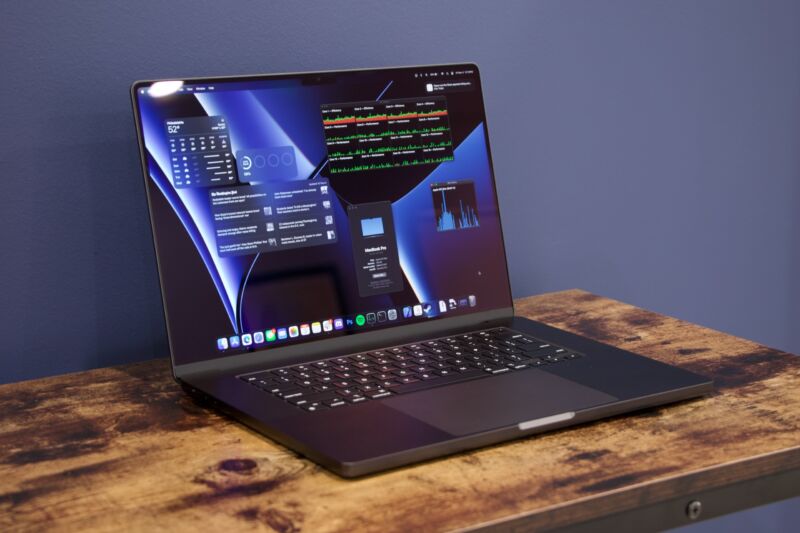30th-anniversary limited-run PS5 and PS5 Pro bring back mid-’90s gray plastic
-

The PS5 Pro version of the 30th anniversary bundle comes with both varieties of DualSense controller, a plate for an (optional) optical drive, and other accessories. [credit: Sony ]
Sony launched the original PlayStation console in Japan on December 3, 1994, and Sony isn't letting the 30th anniversary pass by quietly. Today the company has announced limited-edition versions of both the PS5 and PS5 Pro with gray plastic shells and multicolored PlayStation logos, inspired by the gray plastic shells of the original. The retro-inspired modern consoles will be released on November 21 and will be available for preorder starting September 26 from Sony's direct.playstation.com site.
Sony is also releasing DualSense and DualSense Edge controllers with gray shells and colorful PS logo buttons and a gray version of the Switch-esque PlayStation Portal streaming console. Sony says that the limited-edition PS5 Pro will be limited to 12,300 units—a reference to the December 3 launch date—but didn't mention any specific manufacturing numbers for the regular PS5, either DualSense controller design, or the PlayStation Portal.
Both console bundles also come with a handful of other accessories: a PS logo sticker, a PS logo paperclip, cable ties, and (my personal favorite) a regular USB-C cable with a giant, chunky PS1-style controller connector on one end.






